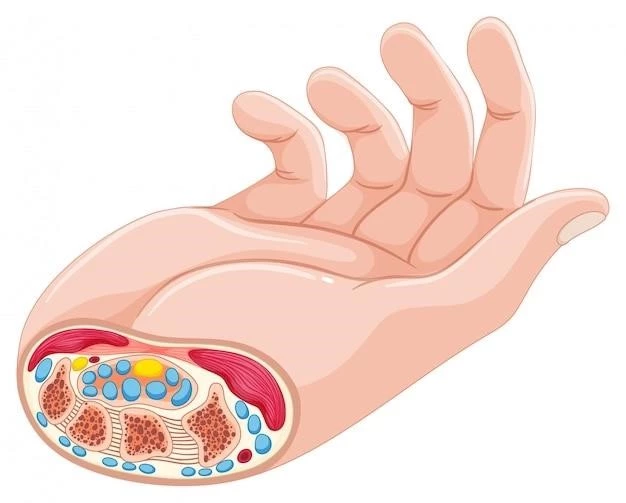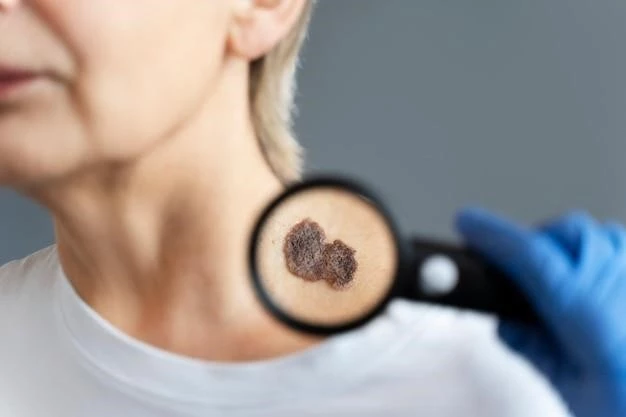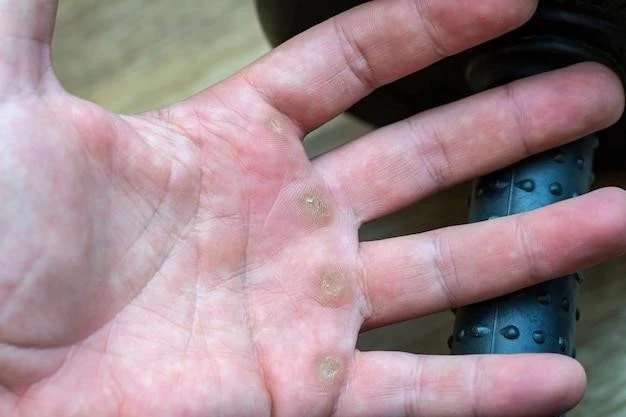Introduction to Pseudopapilledema Blepharophimosis Hand Anomalies
The introduction to Pseudopapilledema Blepharophimosis Hand Anomalies syndrome involves a rare disorder combining optic disc swelling, hearing loss, and limb anomalies. It’s crucial to understand and differentiate from true papilledema.
Understanding Pseudopapilledema
Pseudopapilledema is characterized by anomalous elevation of the optic disc without edema of the retinal nerve fiber layer, distinct from papilledema caused by increased intracranial pressure. This rare syndrome combines optic disc swelling, hearing loss, cranio-facial dysmorphisms, and limb anomalies. It is essential to differentiate pseudopapilledema from true papilledema to guide appropriate treatment and management strategies.
Symptoms and Characteristics of the Syndrome
Characterized by optic disc swelling, mixed hearing loss, facial dysmorphism, and limb anomalies, this syndrome necessitates specialized diagnosis and careful management. Differentiation from true papilledema is crucial for appropriate treatment.
Mixed Hearing Loss and Facial Dysmorphism
The syndrome is identified by a combination of mixed hearing loss and distinctive facial dysmorphism. This blend of symptoms requires specialized attention for accurate diagnosis and tailored management approaches. Differentiating these characteristics is crucial for the correct course of treatment.
Limb Extremity Anomalies
Individuals with Pseudopapilledema Blepharophimosis Hand Anomalies may present with unique limb extremity anomalies, including short fingers, hypoplasia of thenar and hypothenar eminences, and cutaneous syndactyly. These manifestations require specialized evaluation and potentially tailored interventions to address specific challenges related to limb anomalies effectively.

Diagnosis and Differentiation
Diagnosing Pseudopapilledema Blepharophimosis Hand Anomalies requires a careful analysis of optic disc swelling, hearing loss, facial dysmorphism, and limb anomalies. Differential diagnosis from other conditions is crucial for appropriate treatment guidance.
Distinguishing Pseudopapilledema from True Papilledema
It is crucial to differentiate Pseudopapilledema from true papilledema, as the former presents anomalous elevation of the optic disc without edema of the retinal nerve fiber layer, distinct from the optic disc swelling caused by increased intracranial pressure in true papilledema. Accurate differentiation is essential for appropriate management decisions.
Understanding the prevalence of Pseudopapilledema Blepharophimosis Hand Anomalies, a syndrome with autosomal recessive inheritance, is crucial. Recognizing associated hand anomalies is essential for diagnosis and management. Seek genetic counseling for further guidance.
Prevalence and Inheritance Patterns
Understanding the rarity of Pseudopapilledema Blepharophimosis Hand Anomalies and its autosomal recessive inheritance pattern is crucial for genetic counseling and tailored therapeutic interventions. Recognizing associated hand anomalies is essential for diagnosis and management. Seek specialized medical guidance for accurate evaluation and potential treatment options.
Recognizing the presentation of Pseudopapilledema Blepharophimosis Hand Anomalies, including optic disc swelling, ocular hypotelorism, blepharophimosis, and characteristic hand anomalies, is crucial for accurate diagnosis and appropriate management. Seek specialized medical advice for tailored treatment approaches.
Clinical Presentation and Associated Syndromes
Understanding the complexities of Pseudopapilledema Blepharophimosis Hand Anomalies, including optic disc swelling, ocular hypotelorism, blepharophimosis, and hand anomalies, is essential for comprehensive care and accurate management. Seek specialized medical advice to navigate the unique challenges associated with this syndrome effectively.
For Pseudopapilledema Blepharophimosis Hand Anomalies, seek specialized genetic counseling and therapeutic interventions for optimal care. Tailored treatment strategies are essential for this rare and complex syndrome. Collaborate with healthcare professionals for personalized management.

Medical Management and Treatment Approaches
For individuals affected by Pseudopapilledema Blepharophimosis Hand Anomalies, it is crucial to consider genetic counseling and therapeutic interventions for personalized care. Each case may require unique treatment strategies tailored to the specific needs of the patient. Seeking guidance from healthcare professionals experienced in rare genetic syndromes is essential for effective management.
Prognosis and Living with the Syndrome
Understanding the prognosis and lifestyle adjustments for Pseudopapilledema Blepharophimosis Hand Anomalies is essential. Embracing coping strategies and accessing support resources can enhance the quality of life for individuals managing this rare and complex syndrome. It is important to adapt to the challenges while seeking the necessary support for a positive outlook.
Coping Strategies and Support Resources
Living with Pseudopapilledema Blepharophimosis Hand Anomalies can be challenging, but coping strategies and access to support resources can make a significant difference. Engage with support groups, counseling services, and medical professionals to develop effective coping mechanisms and enhance your overall well-being while navigating the complexities of this syndrome.
Research and Ongoing Studies
Explore current studies and research efforts on Pseudopapilledema Blepharophimosis Hand Anomalies syndrome to stay informed about the latest developments. Engaging with ongoing research can provide valuable insights into potential advancements in understanding and managing this rare condition. Stay updated and consult with healthcare professionals for the most recent information.
Latest Developments in Understanding the Syndrome
Stay informed about the latest developments in the understanding of Pseudopapilledema Blepharophimosis Hand Anomalies syndrome. New research and ongoing studies can provide valuable insights into potential advancements in managing this complex disorder. Keep abreast of emerging information and consult with healthcare professionals to stay informed about the evolving understanding of the condition.
Conclusion and Further Information
Learn about the disease and its complexities. For detailed information, consult medical professionals and reliable sources for accurate guidance on managing this complex condition.
Seeking Additional Information on Pseudopapilledema Blepharophimosis Hand Anomalies
For further information on Pseudopapilledema Blepharophimosis Hand Anomalies syndrome and related research, consult reliable sources, medical professionals, and rare disease organizations. Stay informed and seek guidance for comprehensive understanding and management of this complex condition.
